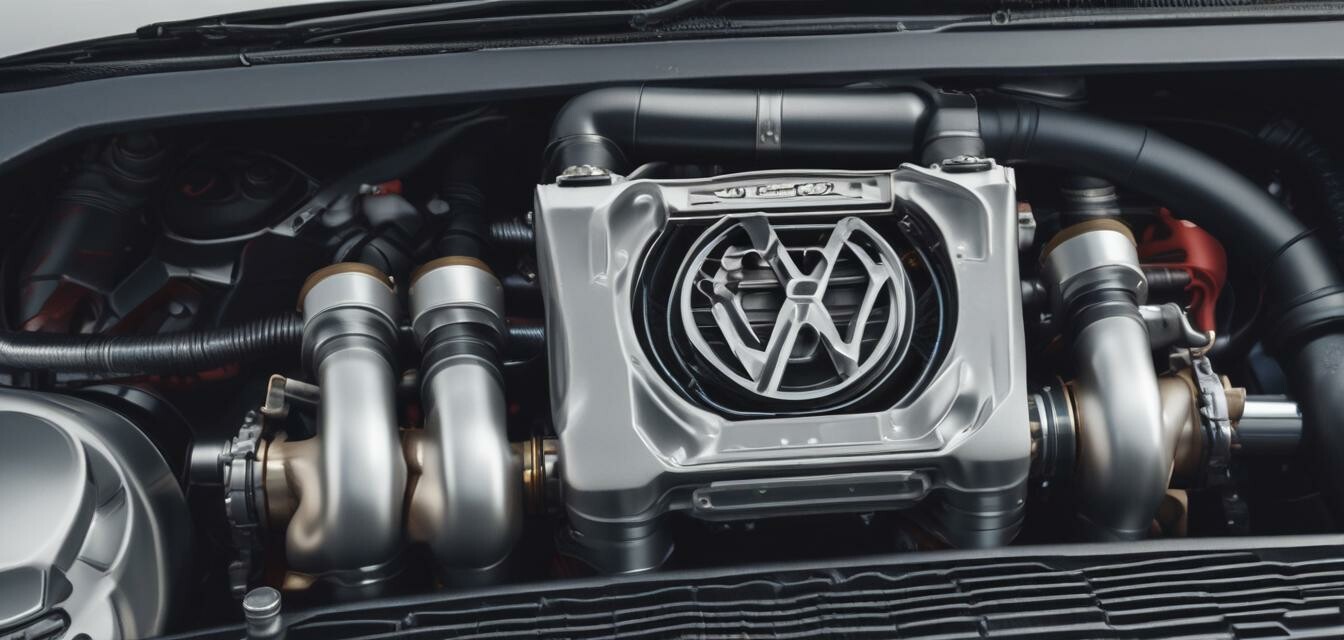
DIY Guide: Installing a Catch Can on Your VW
- Installing a catch can can enhance engine longevity.
- Follow step-by-step instructions for accurate and safe installation.
- Regular maintenance of the catch can is essential for performance.
- Be aware of common pitfalls to avoid during installation.
If you're looking to improve the performance and longevity of your VW engine, installing a catch can is an excellent modification. This guide provides you with step-by-step instructions on how to install a catch can on your VW effectively. As you follow this guide, you'll learn about the tools required, the process steps, and tips to ensure a successful installation.
What is a catch can?
A catch can is a device that captures and collects oil vapors, preventing them from entering the intake system of your VW. This helps in reducing oil consumption and maintaining engine cleanliness.
Benefits of installing a catch can
- Improves engine efficiency by reducing oil blow-by.
- Helps maintain cleaner intake valves.
- Prevents carbon buildup in the engine.
- Extends engine life by keeping oil in the engine.
Tools Needed for Installation
Before you start, make sure you have the following tools:
- Socket wrench set
- Screwdriver set
- Pliers
- Some automotive silicone sealant
- Catch can kit
Step-by-Step Installation Guide
Here are the steps you need to follow to install a catch can on your VW:
- Prepare the vehicle: Park your VW on a flat surface and allow the engine to cool completely.
- Locate the PCV system: Find the Positive Crankcase Ventilation (PCV) system in your engine bay. This is usually connected to the intake manifold.
- Disconnect the PCV hose: Carefully disconnect the PCV hose from the manifold. Use your pliers and socket wrench if necessary.
- Set up the catch can: Install the fittings on your catch can as per the product instructions. Ensure a secure connection.
- Connect to the intake: Use the provided hoses to connect the catch can between the PCV valve and the intake manifold.
- Secure the catch can: Mount the catch can securely in the engine bay using the provided hardware or brackets.
- Check for leaks: Once installed, start your engine and inspect for any air or oil leaks.
Maintenance Tips
To keep your catch can functioning correctly, it's essential to perform regular maintenance:
- Check the catch can for oil levels every few hundred miles.
- Empty the can when it's half full to avoid overflow.
- Inspect hoses and connections regularly for wear and tear.
Pros
- Improves engine performance.
- Reduces oil consumption.
- Enhances engine longevity.
Cons
- Requires regular maintenance.
- Installation can be challenging for beginners.
Common Pitfalls to Avoid
- Not securing the catch can properly may lead to damage.
- Omitting to check for leaks can cause performance issues.
- Using incorrect fittings can lead to failure of the system.
Conclusion
Installing a catch can on your VW is a valuable modification that can greatly enhance your engine's performance and longevity. By following the steps outlined in this guide, you can confidently complete the installation yourself. For more guides on VW modifications, check out our How-To Guides section.
For the best products and accessories to tune your VW, visit our Performance Parts section.
